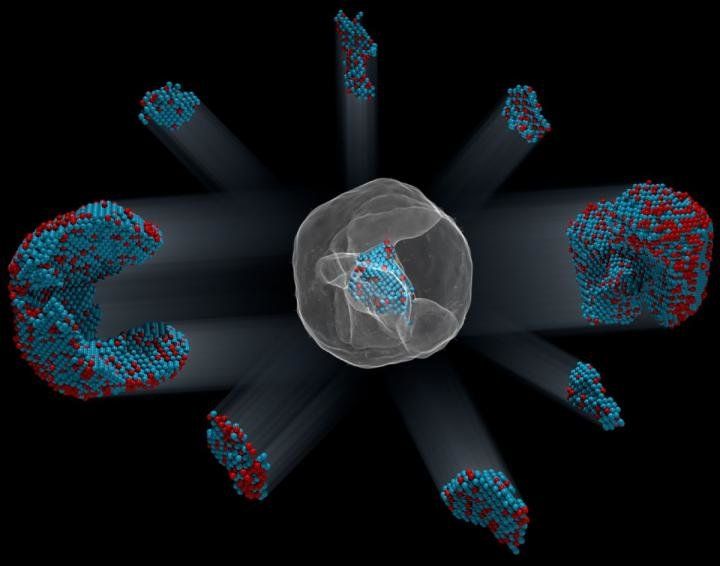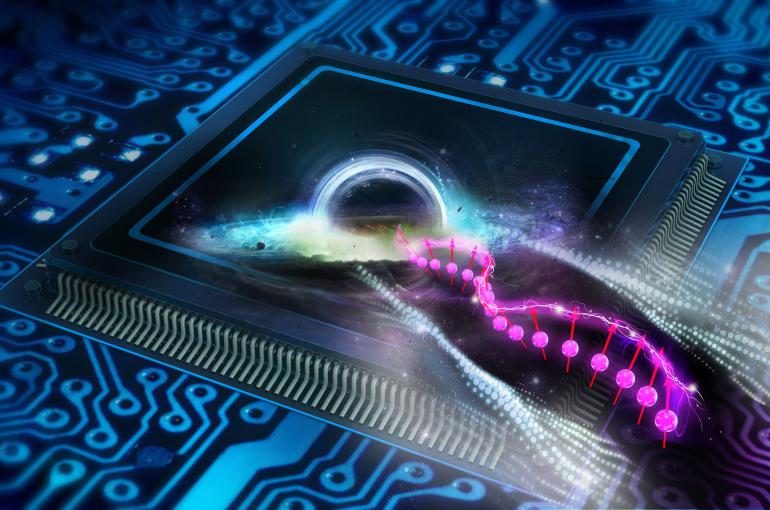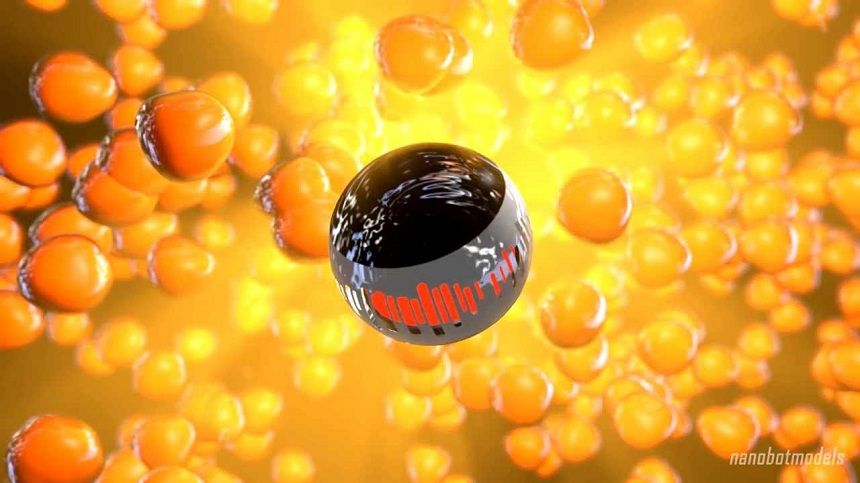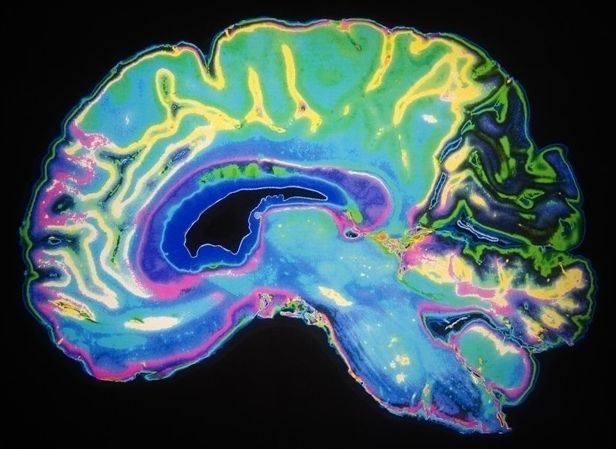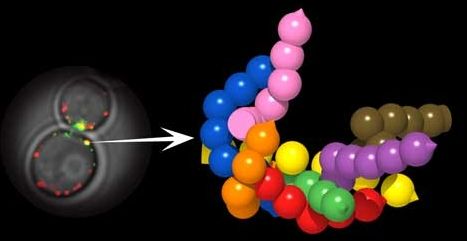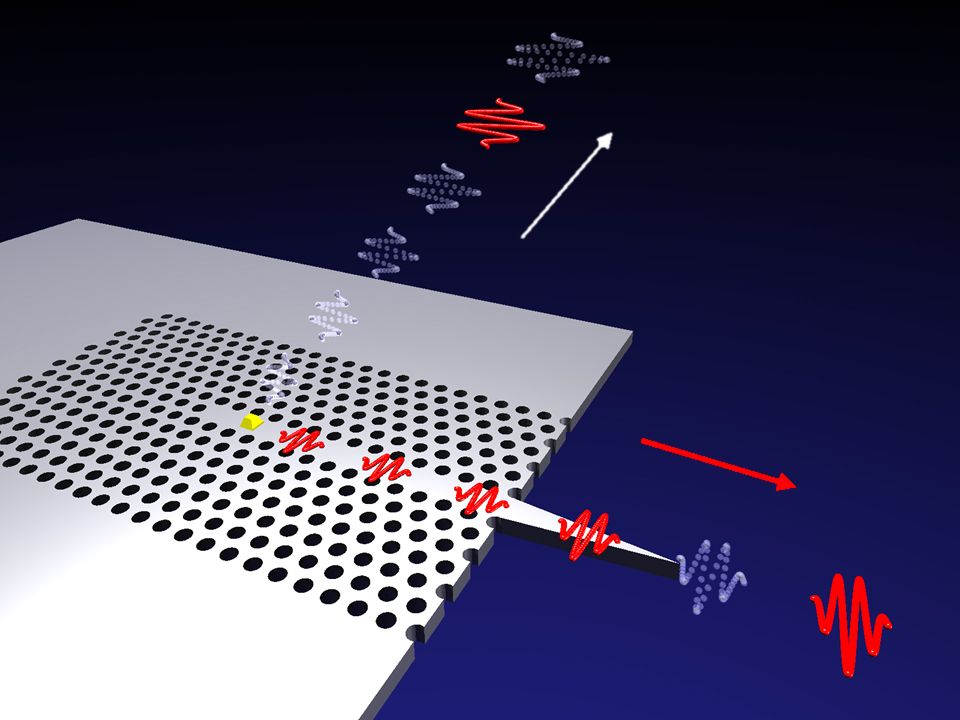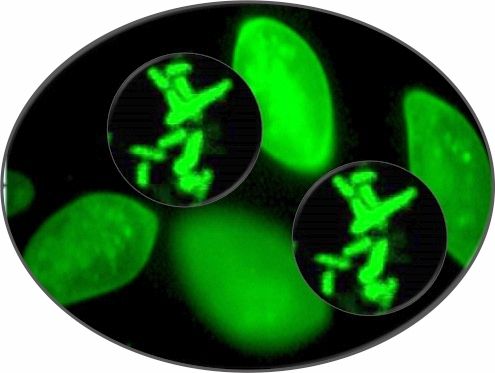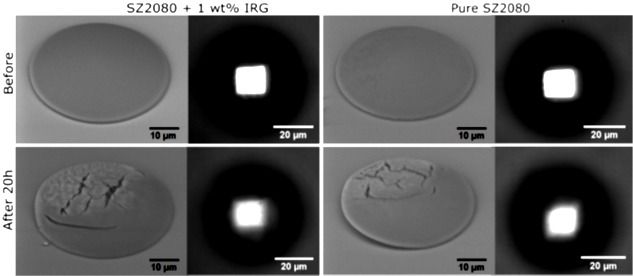Feb 1, 2017
Coordinates of more than 23,000 atoms in technologically important material mapped
Posted by Karen Hurst in categories: bioengineering, nanotechnology, particle physics, quantum physics
Nice read.
The results demonstrate that the positions of tens of thousands of atoms can be precisely identified and then fed into quantum mechanics calculations to correlate imperfections and defects with material properties at the single-atom level. This research will be published Feb 2. in the journal Nature.
Jianwei (John) Miao, a UCLA professor of physics and astronomy and a member of UCLA’s California NanoSystems Institute, led the international team in mapping the atomic-level details of the bimetallic nanoparticle, more than a trillion of which could fit within a grain of sand.
